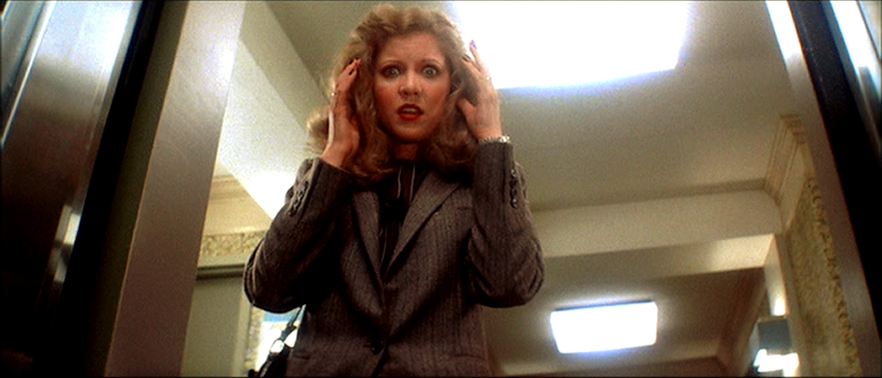Buona sera! If you like your horror with a large slice of salacious, then look to the Italians and their bloody thriller tradition of Giallo. Where to start? Let the Scariest Things point you the way to a bloody good time.
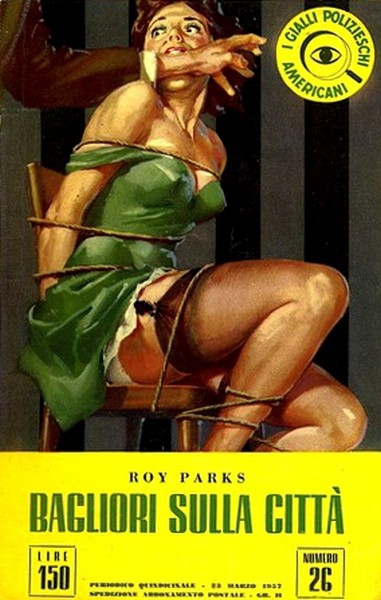
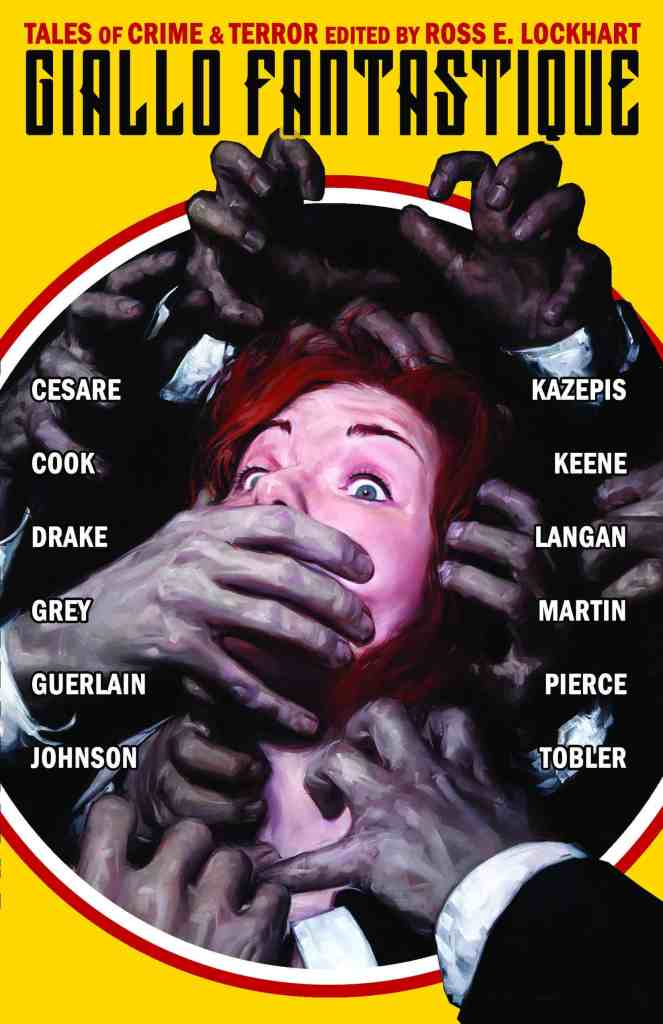
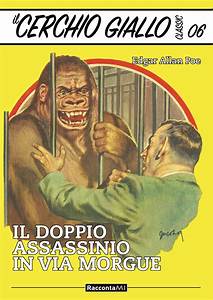

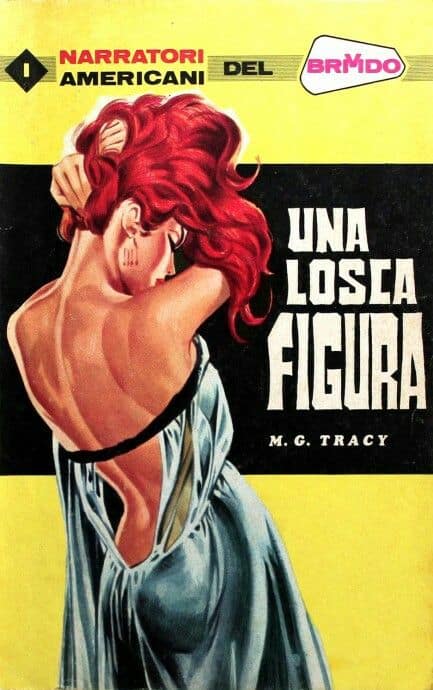
If you are a fan of Giallo, you already know. If you’re not familiar with the Giallo tropes, they have been hugely influential in the American slasher films of the 1980s. The Italians have a paperback thriller tradition involving convoluted plots, red herrings, tawdry sex, and brutal stabbings. These books were bound in yellow (giallo) covers and promised danger, sex, and murder most bloody. When Italian filmmakers started movies that thematically picked up on the paperback craze, the results were game-changing.
In 1962, Mario Bava directed Blood and Black Lace, a tale of a knife-wielding murderer loose in a fashion house, it ushered in a level of lurid violence that pushed the boundary of acceptable norms. In America, Psycho had pushed the limits two years previously, and Hershel Gordon Lewis ignored the rules altogether, and now the Italians, free of the MPAA were bringing something entirely more visceral to the cinema table.
When the MPAA finally came up with a rating code, Giallo films still pushed the boundary. The amount of explicit sex and gore was still beyond what most in society were used to, and many of the titles never made it to the US, remaining un-rated, or occasionally rated X, before that label became owned by pornography.
In the early 1970s, As horror started branching out into big-budget studio productions, the traditional role of low-budget and boundary-pushing films was taken up by the Europeans, through Hammer and Italy. From 1970 to 1975, the heyday of Giallo, dozens of titles were released out of Rome, and the Italians were shooting throughout Europe for these bloody thrillers, with crazy creative titles to entice you to the art-house theater.
Eventually, American directors started picking up on the trend overseas, and there became a direct throughline from Giallo films like A Bay of Blood and Deep Red to the American films Friday the 13th, Maniac, and Haloween. The success of the American Slasher would have a significant impact on the Italian scene, as many of the directors would try to break into the lucrative market with films like Lucio Fulci’s The New York Ripper and Dario Argento’s Phenomena were attempts by major Giallo directors to break into the American market, with limited success.
The modern American thrillers, like Cruising, Basic Instinct, Fatal Attraction, Dressed to Kill, and Se7en owe a huge debt to the Giallo films, for the advancement of sex-saturated and cutlery-infused horror from Italy. Many of these have been considered to be American Giallo, and if you enjoy these films, you most likely will also like their Italian counterparts.
Though largely replaced by the American slasher and sexy thrillers by the 1990s, there are still occasional Italian Giallo films released. Dario Argento still makes movies, but it is his artistic craftsmanship and vision that really live on and influence the most current generation of horror directors, particularly Europeans. You can see his influence on Can Evernol (Housewife), Marc Martinez Jordan (Framed), Yann Gonzales (Knife + Heart), Natasha Kermani (Lucky), Panos Cosmatos (Mandy), Hélène Cattet (The Strange Color of Your Body’s Tears), and stay tuned for Edgar Wrights Last Night in Soho, which looks very Argento-esque. The primary saturated colors (The magenta and cyan combination is a dead giveaway). The flash of the knives. The sensuality. Fortunately, the newer filmmakers have eschewed the most egregious of the misogynistic ways of the sub-genre.
Needless to say, the spirit of Giallo lives on, and The Scariest Things is ready to divulge our favorites for you.
Podcast: Play in new window | Download | Embed



